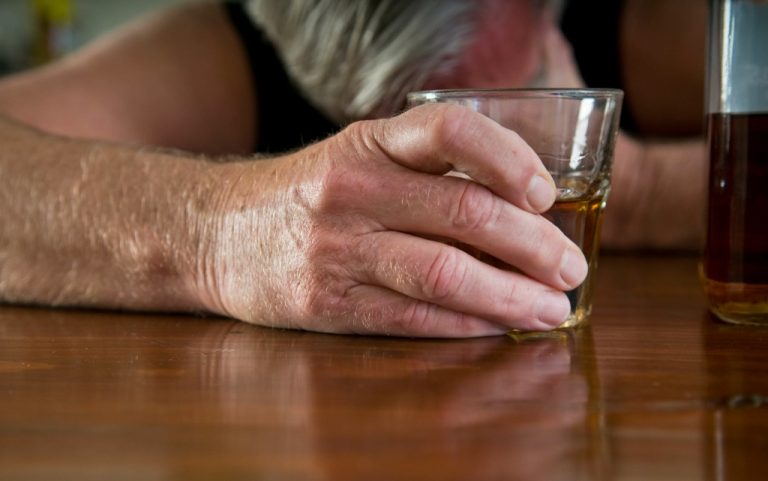Such residences are staffed 24 hours a day, 7 days a week, and offer residents peer-support services, which may include, but are not limited to, life skill mentoring, recovery planning, and meal preparation. Such residences are most appropriate for persons who require a more structured environment during early recovery from addiction.e clinical services on-site. This aligns with previous research showing this is a key determinant when individuals are deciding whether to live in recovery housing. These folks with riskier social networks and environments may need/benefit more from structured, supportive spaces and people.
How Can a Recovery Residence Help Me After Rehab?
The average residency at a recovery residence home is about one year, and some residents may stay several years. SAFE Project has collected resources on the topics of drug use and addiction, treatment and recovery, as well as mental health and wellness. Recovery residences offer a consistent, stable environment, essential for long-term sobriety and personal growth. © 2025 💜 Vanderburgh Sober Living ™ is a cooperative network of independently operated sober living homes organized by The Vanderburgh Foundation, Inc., a registered 501(c)3 Charitable Foundation.
FARR-Certified Residences

Many houses require residents to attend some sort of recovery, be it a 12-step program or outpatient counseling sessions. However, most Level 1 RRs don’t provide onsite recovery services, with the possible exception of an optional 12-step recovery meeting held weekly at the home. In the 1950’s, “Halfway houses” (often funded by the government) were founded due to concerns about sustaining personal recovery after treatment. Today halfway houses are still used as a way to foster re-entry into society for addicts and sometimes for prison inmates.
What supports are available to help me live in recovery?
Many recovery residences offer support in finding employment or enrolling in educational programs. This may involve assistance with job applications, resume building, and interview preparation. Having a job or pursuing education can provide a sense of purpose and accomplishment, which are key elements in maintaining long-term sobriety. It also helps individuals regain financial stability and reintegrate into society. If you’ve just completed rehab and need more time to adjust, sober living homes provide a safe space to drug addiction treatment continue practicing recovery skills.

For individuals with co-occurring disorders, such as bipolar disorder or post-traumatic stress disorder (PTSD), a sober living home that offers dual diagnosis treatment can be beneficial. These programs integrate substance abuse treatment with behavioral therapy to address both addiction and underlying mental health concerns. The association of recovery residences sets standards for recovery housing to ensure safe and effective living environments for individuals overcoming substance use disorders. Transitioning from inpatient addiction treatment back into everyday life can be challenging, which is why many individuals in recovery choose to continue their journey in a sober living home. These structured environments provide a safe, supportive space where residents can maintain recovery residence sobriety while gradually regaining independence. Sober living homes emphasize accountability, stability, and ongoing engagement in outpatient treatment, making them a valuable step in long-term recovery.
Following detox and inpatient drug and alcohol treatment, some people choose to continue their addiction recovery at the outpatient level and move into a sober living home or halfway house. A sober living facility provides a safe, structured living environment that supports staying sober and transitioning back into daily life. Choosing the right type of sober living home is a crucial step in the recovery journey. Understanding the different levels of support—from peer-run homes to structured recovery residences—can help individuals find the best environment for long-term sobriety.
How can my loved one find recovery housing?

While a most advocate for or mandate participation in 12-step mutual-help groups such as Alcoholics Anonymous or Narcotics Anonymous, the level of structure and incorporated programmatic https://edrodental.testcyrus.in/sober-living/alcohol-poisoning-signs-and-symptoms/ features varies among recovery homes. State and federal subsidies may sometimes cover the cost of rent, particularly if the residency is court-ordered). However, recovery residence rental payments are most often the responsibility of the renter. With few exceptions for residences that are contracted with a criminal justice program to provide clinical services, insurance does not cover recovery residences. However, there are nonprofit organizations that offer grants to cover the first weeks’ rent for incoming recovery residence occupants. This arrangement must usually be set up before the client moves in, so the prospective resident should ask the house manager about such grants before finalizing the rental agreement.
Recovery Housing Can Change Lives.
Researchers examined data from 330 recovery residences in California, all affiliated with the Sober Living Network, a nonprofit that sets housing standards across the U.S. The study followed over 900 residents involved in the criminal justice system, most of whom had a history of HIV risk behaviors. Recovery homes provide transportation to clinical programming, making it easier for residents to attend important therapy sessions, support groups, and other recovery-focused activities. This eliminates the stress of having to find transportation on their own and ensures that they are able to fully engage in their treatment while staying at the home.
- A recovery residence can provide the support, structure, and accountability needed to sustain long-term sobriety.
- Participants at RECO Institute gain vital insights and tools to overcome challenges, aided by the guidance of experienced professionals dedicated to their success.
- They also examined differences between these two groups with respect to outpatient program discharge status (i.e., were they discharged from treatment with or without staff approval) and length of stay in outpatient treatment.
- There are many laws, regulations, rules, and guidelines that govern substance use disorder treatment programs, including mandatory licensure and oversight at the state level.
- While recovery residences vary widely in structure, all are centered on peer support and a connection to services that promote long-term recovery.
Living spaces vary widely, but most prioritize a drug-free environment, often with regular testing (like urine samples) to ensure accountability. A positive test for illicit drugs typically leads to consequences, but the goal is always to support your recovery journey, not punish you. Instead, they provide a living space that disallows drugs and alcohol on the premises, with rare exceptions for prescription medications like antidepressants. Homes are run by peers who have worked through the aftercare and recovery process for longer than most of the residents. When searching for a sober living home in Washington State, it’s important to find a facility that prioritizes structure, accountability, and comprehensive support. Look for homes that enforce a strict no-drug and no-alcohol policy, conduct regular drug testing, and have clear relapse prevention protocols in place.